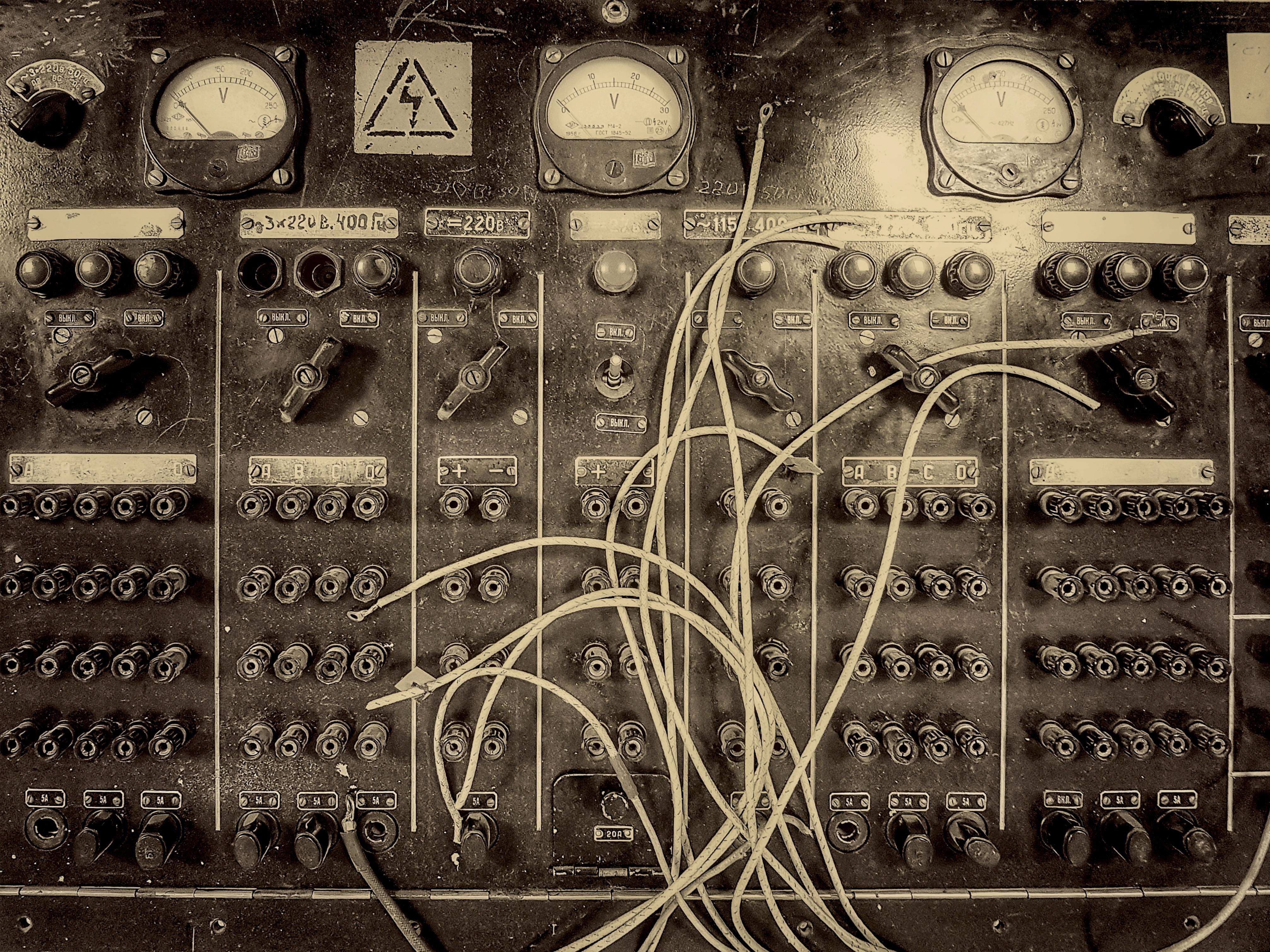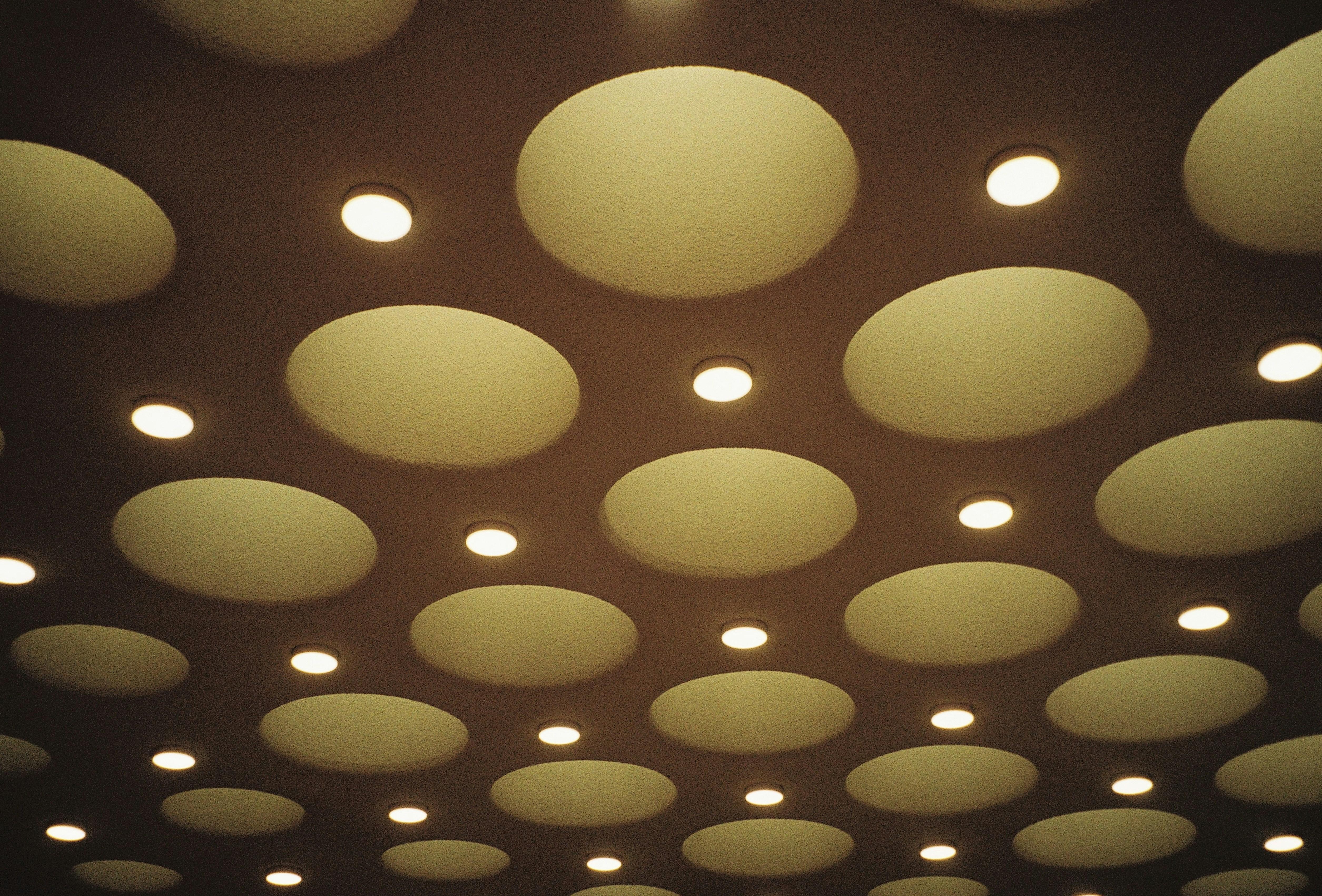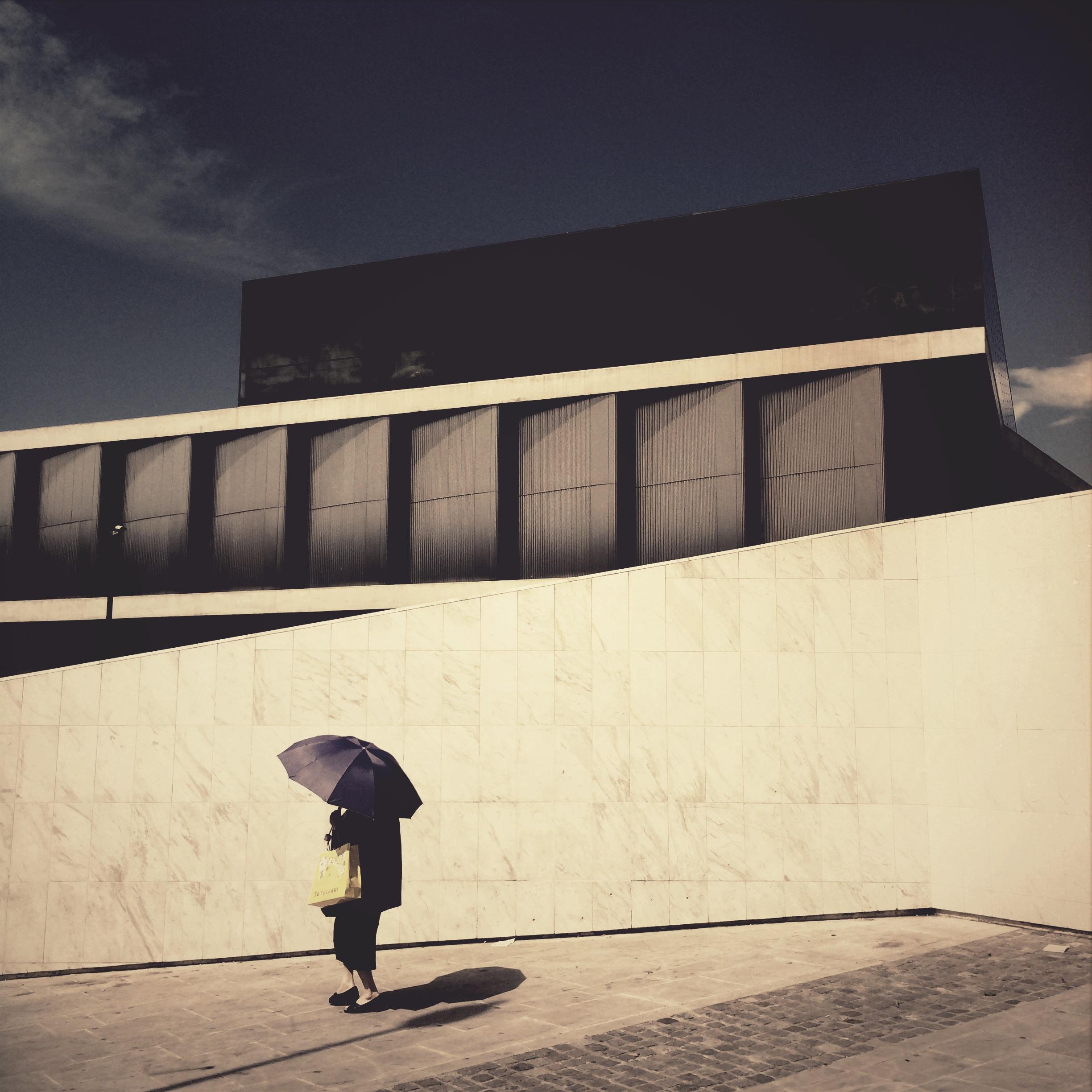In the ever-evolving landscape of science fiction cinema, filmmakers often reach into the past to envision the future. Retro futurism, with its nostalgic nod to bygone visions of tomorrow, has become a compelling lens through which modern sci-fi films explore contemporary themes. By blending vintage aesthetics with cutting-edge technology, these films create worlds that are both familiar and fantastical, inviting audiences to ponder the intersection of history and innovation. As we delve into the use of retro futurism in today’s sci-fi narratives, we uncover how this stylistic choice not only pays homage to the genre’s roots but also reimagines the future in a way that resonates with the present.
Nostalgia Meets Innovation: Exploring Retro Futurisms Visual Aesthetic
In the realm of modern sci-fi cinema, the visual aesthetic of retro futurism offers a unique blend of nostalgia and innovation. This stylistic choice is characterized by its homage to past visions of the future, seamlessly integrating elements like vintage technology and bold, imaginative designs. These films create a timeless atmosphere by combining mid-20th-century design with advanced futuristic concepts, making audiences feel both familiar and intriguingly displaced.
- Color Palettes: Often dominated by neon hues and muted pastels, creating a vibrant yet nostalgic feel.
- Design Elements: Features like curved architecture, retro gadgets, and analog interfaces evoke a sense of bygone eras.
- Fashion: Blends classic styles with futuristic materials, resulting in unique costumes that capture the imagination.
By employing these elements, filmmakers craft worlds that pay tribute to the dreams of the past while boldly exploring the possibilities of the future. This juxtaposition not only enhances the storytelling but also resonates with audiences seeking a connection to both history and possibility.

Cultural Echoes: How Past Visions Shape Todays Sci-Fi Narratives
Retro futurism in modern sci-fi films serves as a fascinating bridge between the past and the present, creating a dialogue that transcends time. By drawing on the optimistic visions and stylistic choices of past eras, filmmakers craft narratives that resonate with contemporary audiences while invoking nostalgia. This interplay between eras can be seen in the use of vintage technology, futuristic architecture, and aesthetic styles reminiscent of 1960s and 1970s science fiction.
- Vintage Technology: The use of analog devices and old-school gadgets not only pays homage to classic sci-fi but also highlights a tangible, tactile world that contrasts with today’s digital age.
- Futuristic Architecture: Sleek lines and bold geometric shapes evoke the utopian dreams of the past, creating settings that are both familiar and fantastical.
- Aesthetic Styles: From vibrant color palettes to retro fashion, these films often reflect the cultural and social ideals of bygone decades, reimagined through a modern lens.
In essence, this blend of old and new fosters a unique storytelling approach, where the echoes of past imaginations inform and shape the speculative worlds we see on screen today.

Soundscapes of Tomorrow: The Role of Music in Retro Futuristic Films
In the realm of retro futuristic films, music serves as a vital bridge between the past and the speculative future, crafting an audio landscape that feels both familiar and alien. Synthwave, with its nostalgic nod to 80s electronic music, often underpins these films, creating an atmosphere that is both evocative and timeless. This genre, characterized by lush synthesizers and driving beats, conjures images of neon-lit cities and chrome-plated vehicles, a sonic backdrop that enhances the visual storytelling of futuristic worlds.
- Atmospheric Ambiance: The use of ambient soundscapes and ethereal melodies helps to establish a sense of wonder and otherworldliness.
- Iconic Soundtracks: Films like “Blade Runner 2049” employ a mix of orchestral and electronic elements to create a haunting, immersive experience.
- Nostalgic Echoes: By blending retro and modern sounds, these films evoke a sense of nostalgia while simultaneously pushing the boundaries of what the future might hold.
Music in retro futuristic films is not just an accompaniment but a character in its own right, guiding audiences through dystopian landscapes and utopian dreams. It paints a picture of a future that is rich with the echoes of the past, creating a unique tapestry that is both innovative and reflective.
Crafting the Future: Design Tips for Authentic Retro Futuristic Elements
Incorporating retro futuristic elements into modern sci-fi films requires a delicate balance between nostalgia and innovation. To achieve authenticity, filmmakers often draw inspiration from past visions of the future, embracing the bold aesthetics and optimistic technology imagined in the mid-20th century. Textures and materials play a crucial role—think chrome finishes, neon lighting, and sleek, geometric forms. These elements should be seamlessly integrated with contemporary design to create a cohesive visual experience.
Consider these design tips for crafting an authentic retro futuristic look:
- Color Palettes: Utilize a mix of vibrant colors and muted tones to evoke a sense of vintage futurism.
- Typography: Use bold, sans-serif fonts reminiscent of old sci-fi magazines and posters.
- Technology Integration: Blend analog devices with digital interfaces to create a timeless yet forward-looking aesthetic.
By thoughtfully combining these elements, filmmakers can create worlds that are both familiar and fantastically imaginative, bridging the gap between past dreams and future realities.































